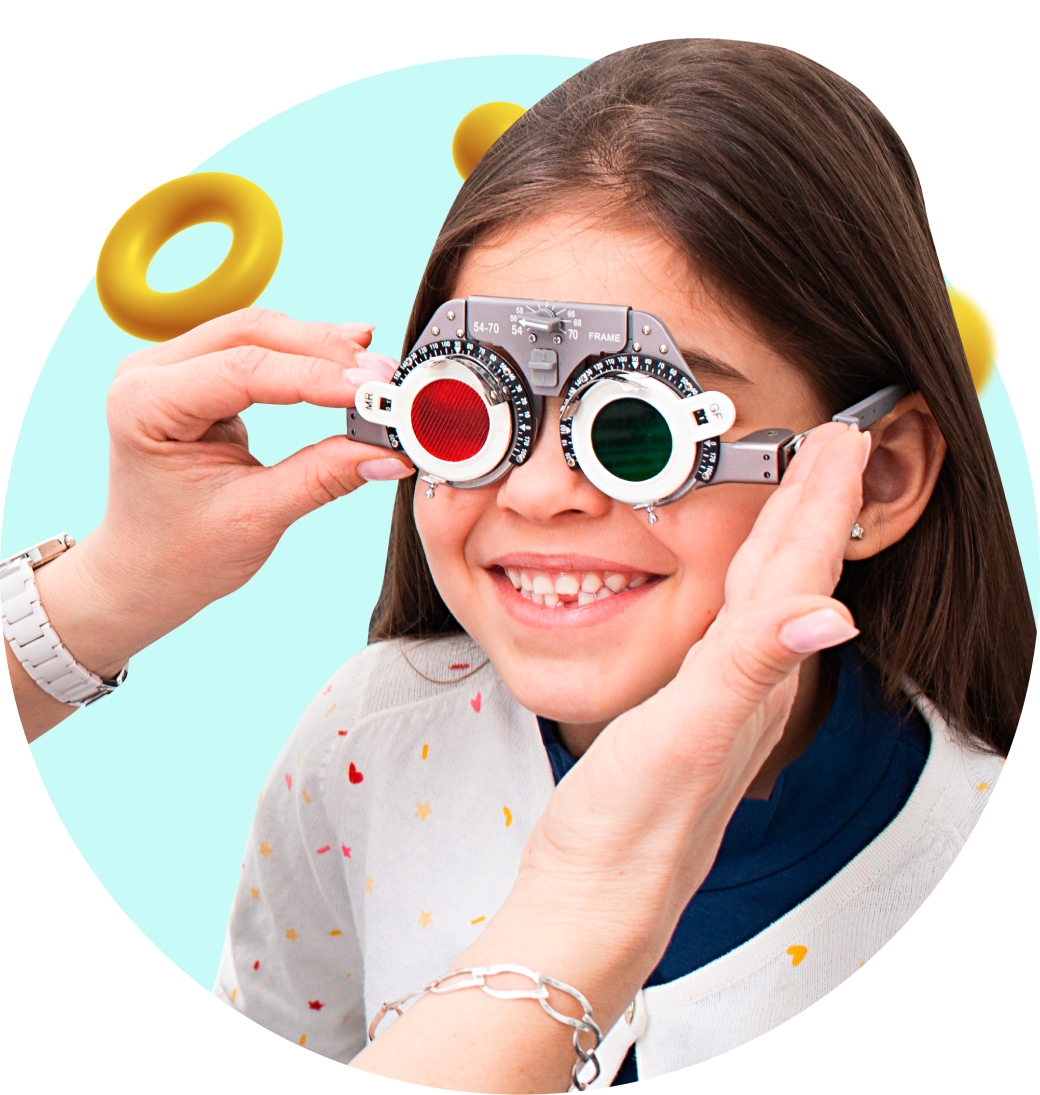Pediatric ophthalmology
Cataract - clouding of the lens of the eye. The lens works like a lens in a camera. Just as a dirty camera lens makes everything dim, so cataracts make it difficult to see clearly

Services
Doctors-experts

Professor Tom Williamson
- Ophthalmologist : of the highest category.
- Specialization : vitreoretinal surgery, cataract surgery, glaucoma surgery, consulting.
- Work experience : 16 years.
- More about the specialist

Mr Francesco Stringa
- Ophthalmologist : of the highest category.
- Specialization : laser ophthalmic surgeon, retinologist, consulting.
- Work experience : 18 years.
- More about the specialist
* The above doctors perform surgical intervention, diagnostics for this service can be performed by any specialist of our clinic
More about pediatric ophthalmology

A diverse and rich experience in the further development of various forms of activity provides a wide range of (specialists) participation in the formation of appropriate conditions for activation.
Cataracts can develop with age, as well as from eye trauma, previous eye surgery, degenerative myopia, or when taking a number of medications (antidepressants, glucocorticosteroids, etc.). Cataracts can cause blurred vision, sensitivity to light and glare.
If the cataract impairs your vision so much that it interferes with your daily life, you should consult an ophthalmologist to decide on further management of the patient.
Surgery is the only way to treat cataracts. There is no alternative to surgical treatment. If you do not carry out surgical replacement of the lens with an intraocular lens, the lens will continue to gradually cloud and worsen your quality of life.
You are more likely to develop cataracts if you have any of these risk factors
- Frequent exposure to sunlight
- Smoking
- Use of cortisone
- Diabetes
- High blood pressure
- Excessive consumption of alcohol
Research
- Measurement of visual acuity - in this test you read letters from a standard distance with each eye separately and with special glasses
- Comprehensive eye examination - standard examination with a microscope
- Retinal examination - to exclude retinal pathology, which can also affect vision
Surgical treatment
-
Cataract extraction - surgical removal of the cloudy lens is considered the best, most successful treatment for this condition. The operation is performed through a small hole in the front of the eye. The surgeon gently breaks the cloudy lens with a high-frequency ultrasound and vacuums its remains. The lens is replaced with a new artificial lens called an intraocular lens (IOL). Artificial lenses are divided into:
-
Monofocal - focus only on one distance This means high visual acuity or far with reading glasses or vice versa - high acuity for close distance and glasses for distance. The patient independently decides how far he wants to see without glasses.
-
Multifocal (multifocal) - with such a lens the patient can see without glasses at different distances, but because the light flux is divided into several, the image becomes less bright.
-
IOLs with EDOF effect - such lenses have a single but extended focus. Such IOLs allow patients to see "more distances" without correction, but glasses may still be needed.
-
Multifocal (multifocal) are a special version of artificial lenses for astigmatism correction. They can be combined, for example: Multifocal-toric IOLs.

The best doctors
Certified specialists of ophthalmology center

Modern equipment.
Our center has one of the best equipment in the country.

Affordable prices
We care not only about the eyes of customers, but also about their wallets.
Prices for pediatric ophthalmology
-
Consultation of a pediatricianexamination of the anterior and posterior segment of the eye, eyelids; selection of glasses, contact lenses200$
-
If additional examination is necessary (for children)keratotopography + selection of orthokeratological lenses100$













